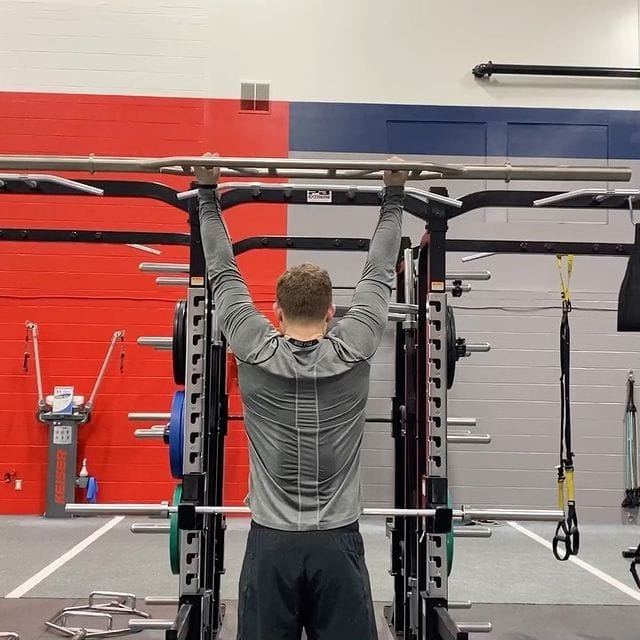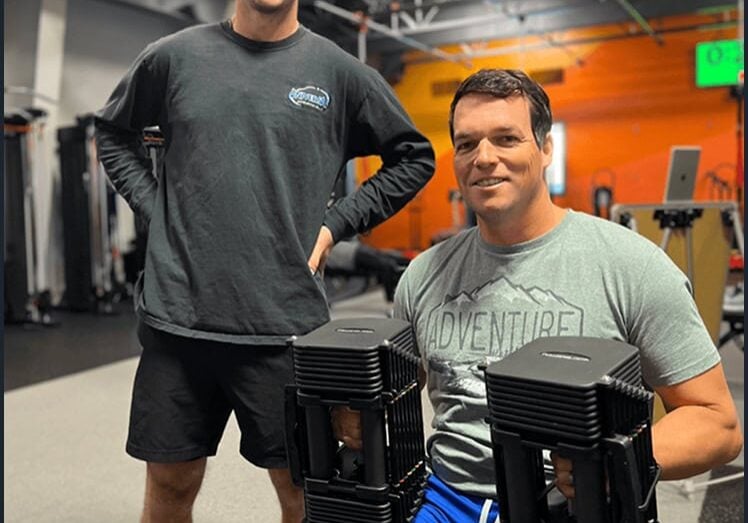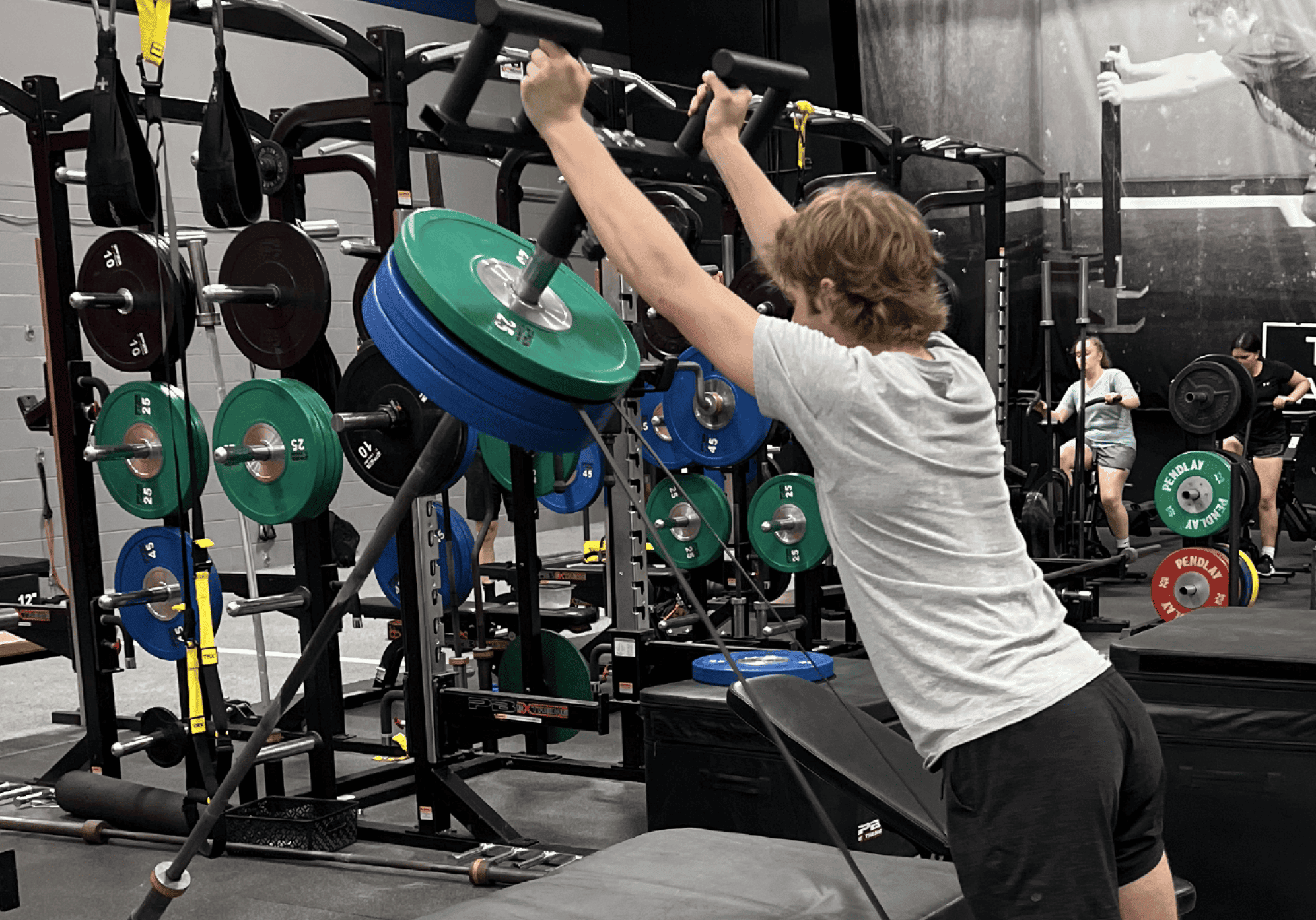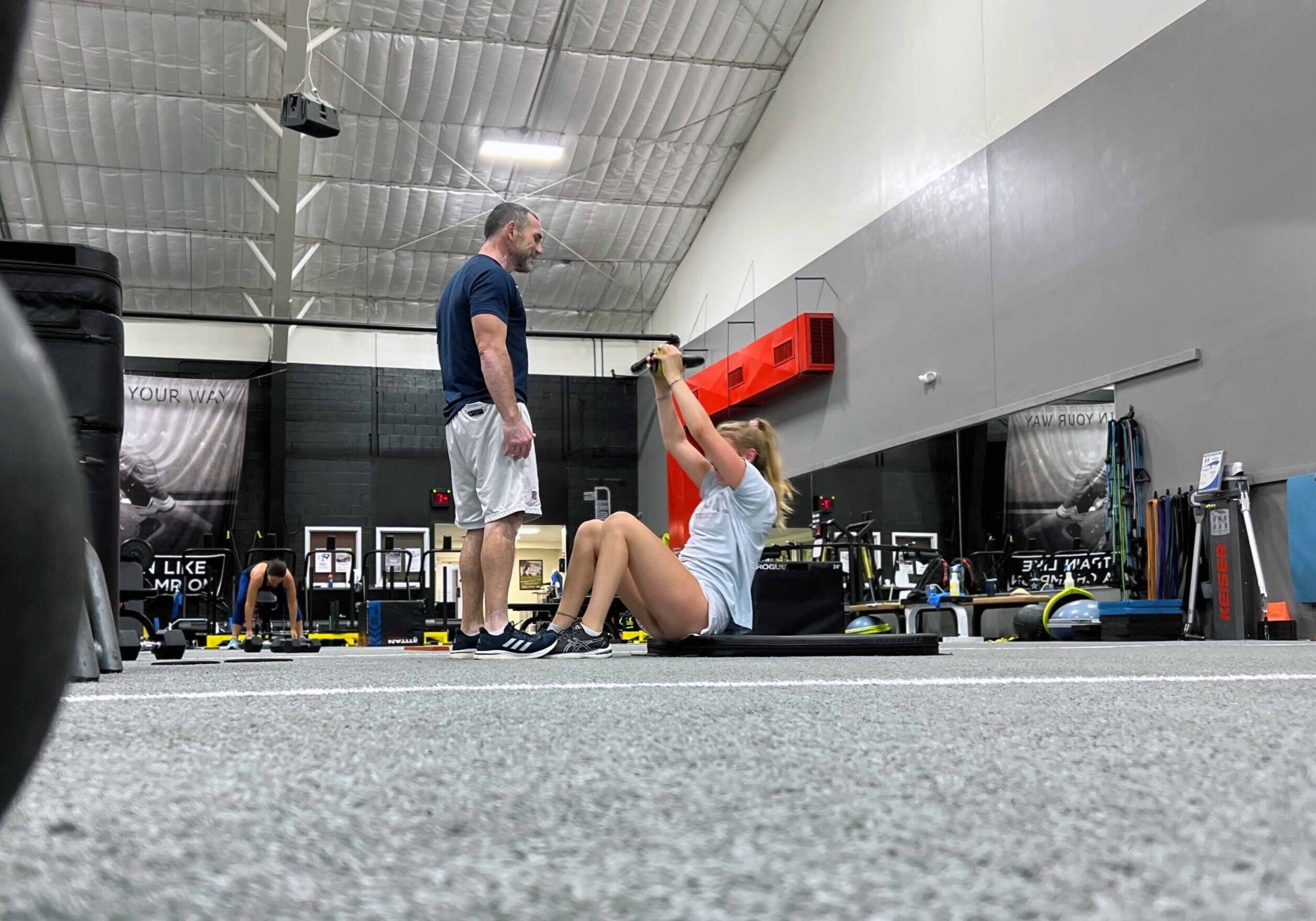
Chin-ups vs Pull-ups
Both chin-ups (supinated) and pull-ups (pronated) are great movements for strength, muscle, and performance; they’re (unsurprisingly) similar from a muscular standpoint in that they mostly target the same muscle groups, namely the lats, upper back, biceps, mid/lower traps, and anterior core.
⏩ The biggest difference between the two is that chin-ups utilize the biceps to a greater extent (upwards of 50%) due to the supinated hand position, whereas pull-ups place more of a focus on the lats. Some call chin-ups “the squat of the upper body”, and they have been touted as “the most underrated exercise for building true functional strength, improving structural balance, driving up core strength, and packing on mass.”
👉🏻 It goes without saying that the greater involvement of the biceps during chin-ups is a plus for anyone looking to beef up their arms, but what’s more important is that the added bicep involvement typically makes chin-ups easier to perform for more reps/with greater loads. As a result, chin-ups generally allow for more volume to be accumulated with more added weight, to boot. This might offset the lessened activity of the lats – the most common knock in favor of the pull-up – as it enables more quality work to be performed.
✅ Another benefit of the chin-up is that it’s generally easier on the shoulders and elbows as it doesn’t lock the shoulders into fixed internal rotation like pull-ups do. Instead, it places the shoulders into a more friendly externally rotated position which is essential from an injury prevention standpoint.
💯 Plus, the chin-up allows for about 8 degrees more range of motion at the elbows, which means that it may be more advantageous for overall hypertrophy and lets the shoulder blades breathe a tad more.
👍🏻 Still, for those who can perform them without pain or discomfort, pull-ups are a great movement to throw into the mix to switch things up, especially if the goal is to emphasize the lats. Like most things, there’s a time and place for both movements in their own right.
Our Sports Performance Center can help you with even more tips to get stronger & faster!




